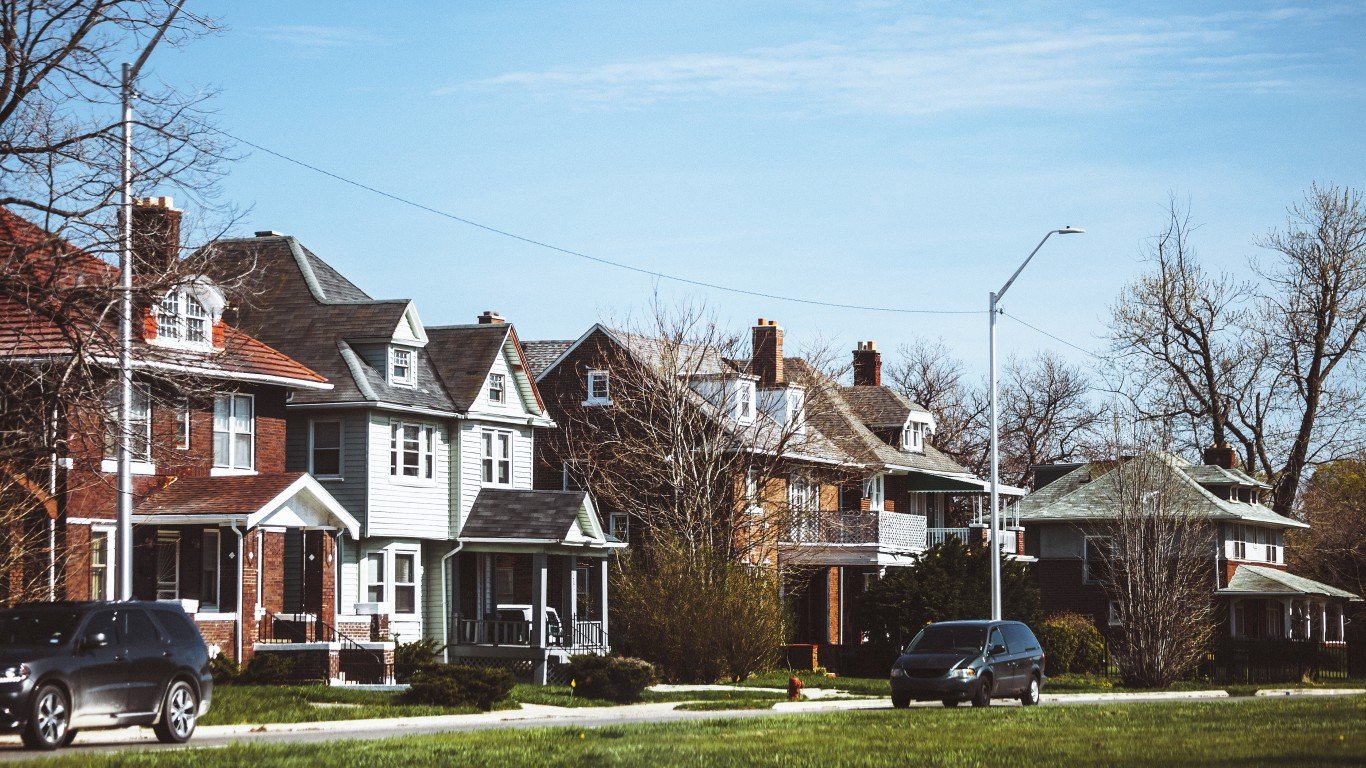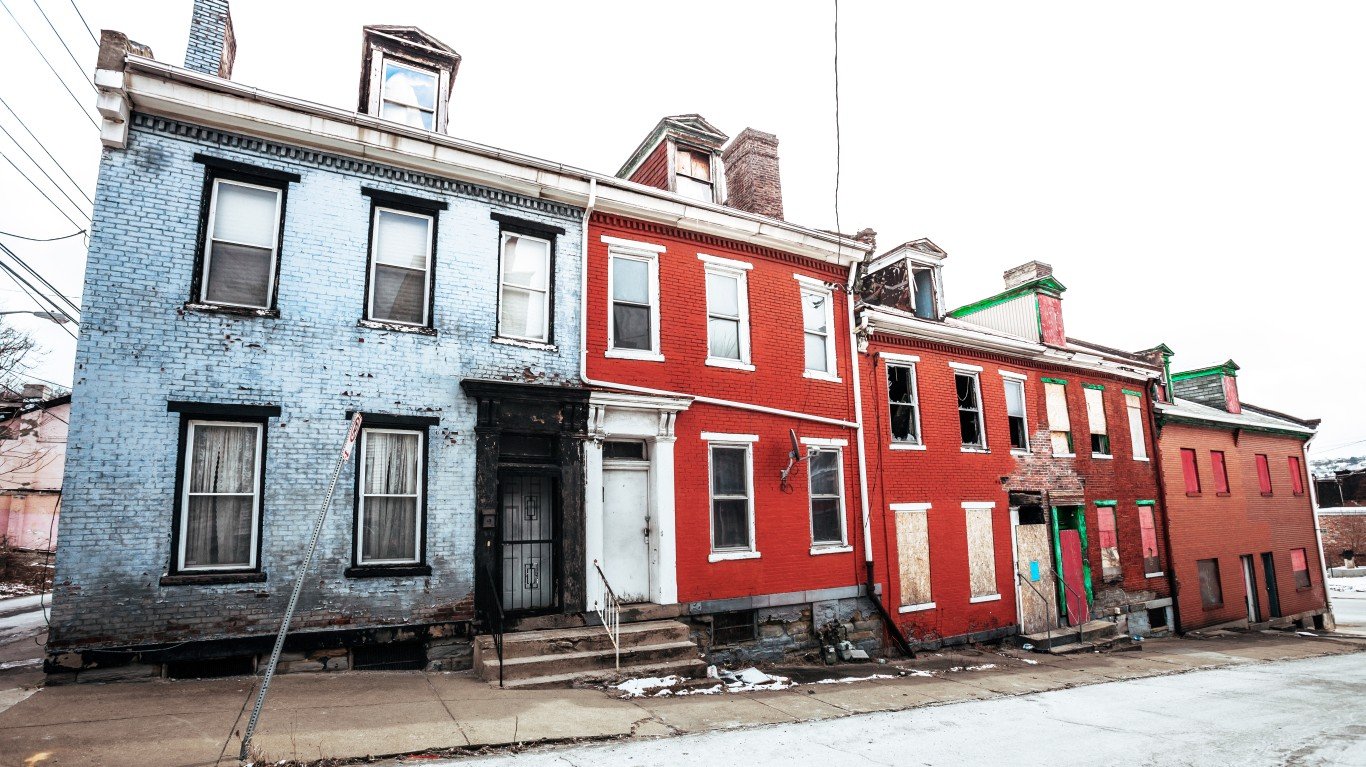

The S&P CoreLogic Case-Shiller national home price index rose 6.4% year over year in April to a non-seasonally adjusted (NSA) index of 200.86. The increase was 0.1 percentage points below the prior month’s gain.
In all U.S. cities included in the 20-city home price index, March house prices increased year over year, and 19 of 20 also posted NSA month-over-month increases. Seattle (13.1%), Las Vegas (12.7%) and San Francisco (10.9%) posted the largest year-over-year gains. Seattle (2.7%) posted the largest month-over-month increase, followed by Boston (1.9%) and Minneapolis (1.8%). New York posted the only month-over-month decline (0.6%).
The S&P CoreLogic Case-Shiller NSA home price indexes for April increased by 6.6% year over year for the 20-city composite index and by 6.2% for the 10-city composite index. Economists had estimated an NSA year-over-year gain in the 20-city index of 6.8%.
The Case-Shiller index tracks prices on a three-month rolling average. April represents the three-month average of February, March, and April prices.
Average home prices for April remain comparable to their levels in the winter of 2007.
The chair of the S&P index committee, David M. Blitzer, said:
Home prices continued their climb with the S&P CoreLogic Case-Shiller National Index up 6.4% in the past 12 months. Cities west of the Rocky Mountains continue to lead price increases with Seattle, Las Vegas and San Francisco ranking 1-2-3 based on price movements in the trailing 12 months. The favorable economy and moderate mortgage rates both support recent gains in housing. One factor pushing prices up is the continued low supply of homes for sale. The months-supply is currently 4.3 months, up from levels below 4 months earlier in the year, but still low.
Looking back to the peak of the boom in 2006, 10 of the 20 cities tracked by the indices are higher than their peaks; the other ten are below their high points. The National Index is also above its previous all-time high, the 20-city index slightly up versus its peak, and the 10-city is a bit below. However, if one adjusts the price movements for inflation since 2006, a very different picture emerges. Only three cities – Dallas, Denver and Seattle – are ahead in real, or inflation-adjusted, terms. The National Index is 14% below its boom-time peak and Las Vegas, the city with the longest road to a new high, is 47% below its peak when inflation is factored in.”
Compared to their peak in the summer of 2006, home prices on the 10-city index remain down 1.1%. On the 20-city index, home prices are now 1.8% higher. Since the low of March 2012, home prices are up 52.7% and 56.8% on the 10-city and 20-city indexes, respectively. On the national index, home prices were 8.8% above the July 2006 peak and 49.9% higher than their low-point in February 2012.
Essential Tips for Investing: Sponsored
A financial advisor can help you understand the advantages and disadvantages of investment properties. Finding a qualified financial advisor doesn’t have to be hard. SmartAsset’s free tool matches you with up to three financial advisors who serve your area, and you can interview your advisor matches at no cost to decide which one is right for you. If you’re ready to find an advisor who can help you achieve your financial goals, get started now.
Investing in real estate can diversify your portfolio. But expanding your horizons may add additional costs. If you’re an investor looking to minimize expenses, consider checking out online brokerages. They often offer low investment fees, helping you maximize your profit.
Thank you for reading! Have some feedback for us?
Contact the 24/7 Wall St. editorial team.



